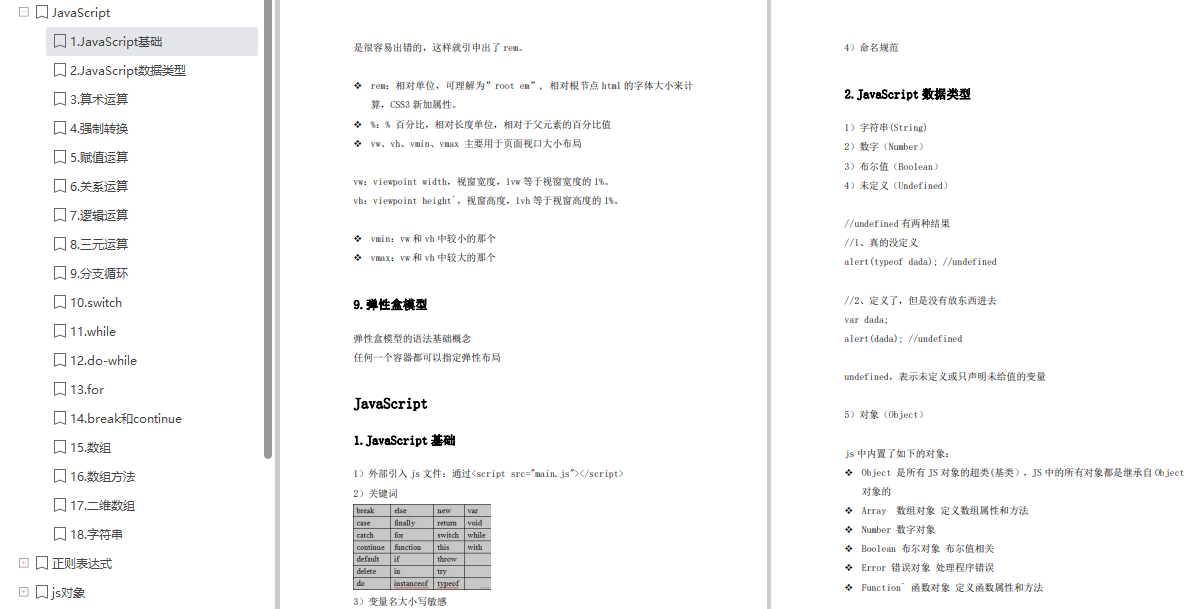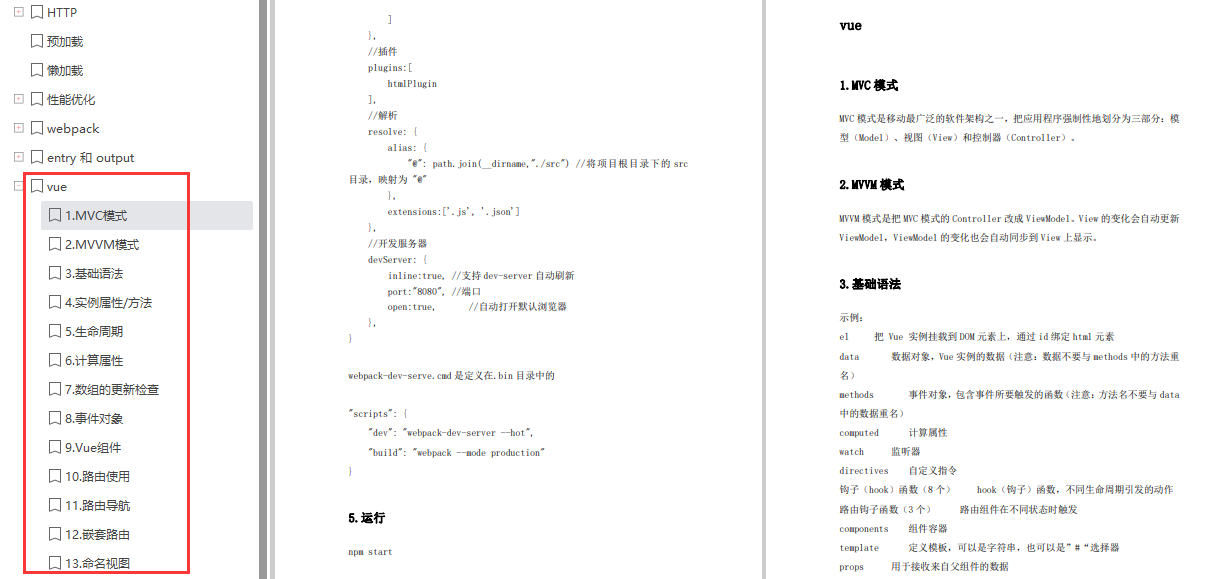组合继承(前两种组合)
这种方式结合了前两种继承方式的优缺点,结合起来的继承,代码如下:
function Parent3 () {
this.name = 'parent3';
this.play = [1, 2, 3];
}
Parent3.prototype.getName = function () {
return this.name;
}
function Child3() {
// 第二次调用 Parent3()
Parent3.call(this);
this.type = 'child3';
}
// 第一次调用 Parent3()
Child3.prototype = new Parent3();
// 手动挂上构造器,指向自己的构造函数
Child3.prototype.constructor = Child3;
var s3 = new Child3();
var s4 = new Child3();
s3.play.push(4);
console.log(s3.play); // 不互相影响
console.log(s4.play);
console.log(s3.getName()); // 正常输出'parent3'
console.log(s4.getName()); // 正常输出'parent3'
结果如下:

之前方法一和方法二的问题都得以解决,但是这里又增加了一个新问题:通过注释我们可以看到 Parent3 执行了两次,第一次是改变Child3 的 prototype 的时候,第二次是通过 call 方法调用 Parent3 的时候,那么 Parent3 多构造一次就多进行了一次性能开销。
原型式继承
ES5 里面的 Object.create 方法,这个方法接收两个参数:一是用作新对象原型的对象、二是为新对象定义额外属性的对象(可选参数)。
let parent4 = {
name: "parent4",
friends: ["p1", "p2", "p3"],
getName: function() {
return this.name;
}
};
let person4 = Object.create(parent4);
person4.name = "tom";
person4.friends.push("jerry");
let person5 = Object.create(parent4);
person5.friends.push("lucy");
console.log(person4.name);
console.log(person4.name === person4.getName());
console.log(person5.name);
console.log(person4.friends);
console.log(person5.friends);
执行结果如下:

通过 Object.create 这个方法可以实现普通对象的继承,不仅仅能继承属性,同样也可以继承 getName 的方法。前三个输出都是正常的,最后两个输出结果一致是因为Object.create 方法是可以为一些对象实现浅拷贝的,那么关于这种继承方式的缺点也很明显,多个实例的引用类型属性指向相同的内存。
寄生式继承
使用原型式继承可以获得一份目标对象的浅拷贝,然后利用这个浅拷贝的能力再进行增强,添加一些方法,这样的继承方式就叫作寄生式继承。
虽然其优缺点和原型式继承一样,但是对于普通对象的继承方式来说,寄生式继承相比于原型式继承,还是在父类基础上添加了更多的方法。实现如下:
let parent5 = {
name: "parent5",
friends: ["p1", "p2", "p3"],
getName: function() {
return this.name;
}
};
function clone(original) {
let clone = Object.create(original);
clone.getFriends = function() {
return this.friends;
};
return clone;
}
let person5 = clone(parent5);
console.log(person5.getName());
console.log(person5.getFriends());
输出结果如下:

从最后的输出结果中可以看到,person5 通过 clone 的方法,增加了 getFriends 的方法,从而使 person5 这个普通对象在继承过程中又增加了一个方法,这样的继承方式就是寄生式继承。
寄生组合式继承
结合第四种中提及的继承方式,解决普通对象的继承问题的 Object.create 方法,我们在前面这几种继承方式的优缺点基础上进行改造,得出了寄生组合式的继承方式,这也是所有继承方式里面相对最优的继承方式,代码如下:
function clone (parent, child) {
// 这里改用 Object.create 就可以减少组合继承中多进行一次构造的过程
child.prototype = Object.create(parent.prototype);
child.prototype.constructor = child;
}
function Parent6() {
this.name = 'parent6';
this.play = [1, 2, 3];
}
Parent6.prototype.getName = function () {
return this.name;
}
function Child6() {
Parent6.call(this);
this.friends = 'child5';
}
clone(Parent6, Child6);
Child6.prototype.getFriends = function () {
return this.friends;
}
let person6 = new Child6();
console.log(person6);
console.log(person6.getName());
console.log(person6.getFriends());
执行结果如下:

这种寄生组合式继承方式,基本可以解决前几种继承方式的缺点,较好地实现了继承想要的结果,同时也减少了构造次数,减少了性能的开销。整体看下来,这六种继承方式中,寄生组合式继承是这六种里面最优的继承方式。
ES6的extends关键字实现逻辑
ES6提供了extends语法糖,使用关键字很容易实现JavaScript的继承,先看一下extends使用方法。
class Person {
constructor(name) {
this.name = name
}
// 原型方法
// 即 Person.prototype.getName = function() { }
// 下面可以简写为 getName() {...}
getName = function () {
console.log('Person:', this.name)
}
}
class Gamer extends Person {
constructor(name, age) {
// 子类中存在构造函数,则需要在使用“this”之前首先调用 super()。
super(name)
this.age = age
}
}
const asuna = new Gamer('Asuna', 20)
asuna.getName() // 成功访问到父类的方法
使用babel将ES6 的代码编译成 ES5,代码如下:
function _possibleConstructorReturn (self, call) {
// ...
return call && (typeof call === 'object' || typeof call === 'function') ? call : self;
}
function _inherits (subClass, superClass) {
// 这里可以看到
subClass.prototype = Object.create(superClass && superClass.prototype, {
constructor: {
value: subClass,
enumerable: false,
writable: true,
configurable: true
}
});
if (superClass) Object.setPrototypeOf ? Object.setPrototypeOf(subClass, superClass) : subClass.__proto__ = superClass;
}
var Parent = function Parent () {
// 验证是否是 Parent 构造出来的 this
_classCallCheck(this, Parent);
};
var Child = (function (_Parent) {
_inherits(Child, _Parent);
function Child () {
_classCallCheck(this, Child);
return _possibleConstructorReturn(this, (Child.__proto__ || Object.getPrototypeOf(Child)).apply(this, arguments));
### 总结
根据路线图上的重点去进行有针对性的学习,在学习过程中,学会写笔记,做总结。
这里分享一些前端学习笔记:
* **html5 / css3 学习笔记**

* **JavaScript 学习笔记**

* **Vue 学习笔记**






















 1040
1040











 被折叠的 条评论
为什么被折叠?
被折叠的 条评论
为什么被折叠?








